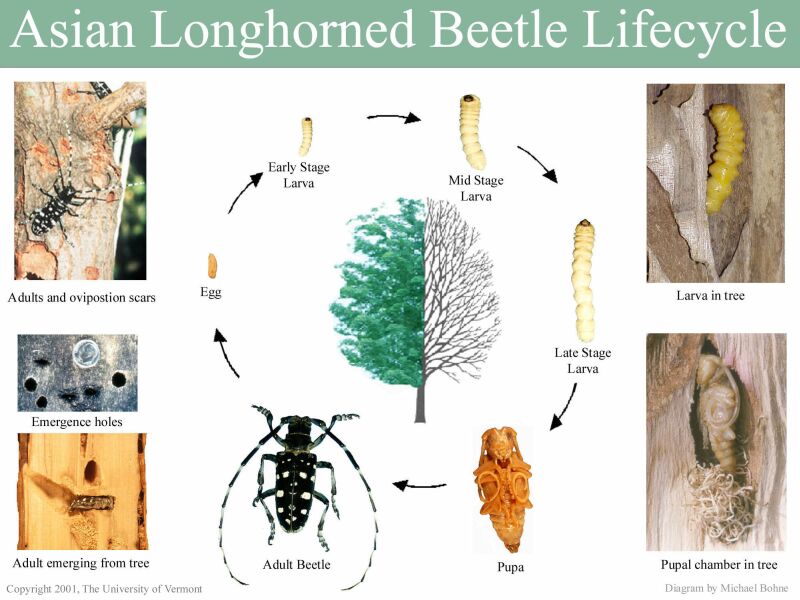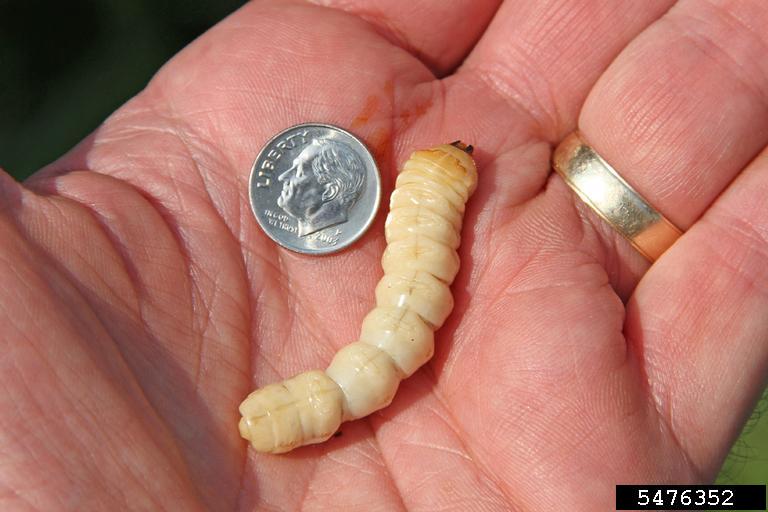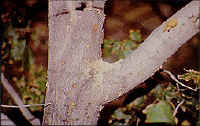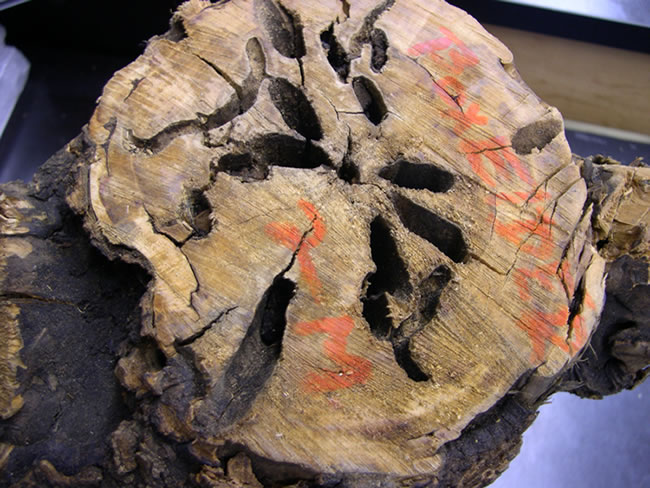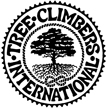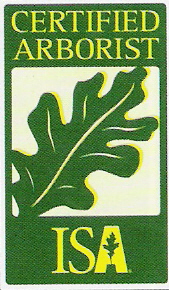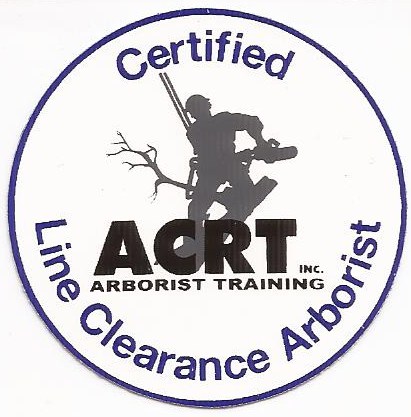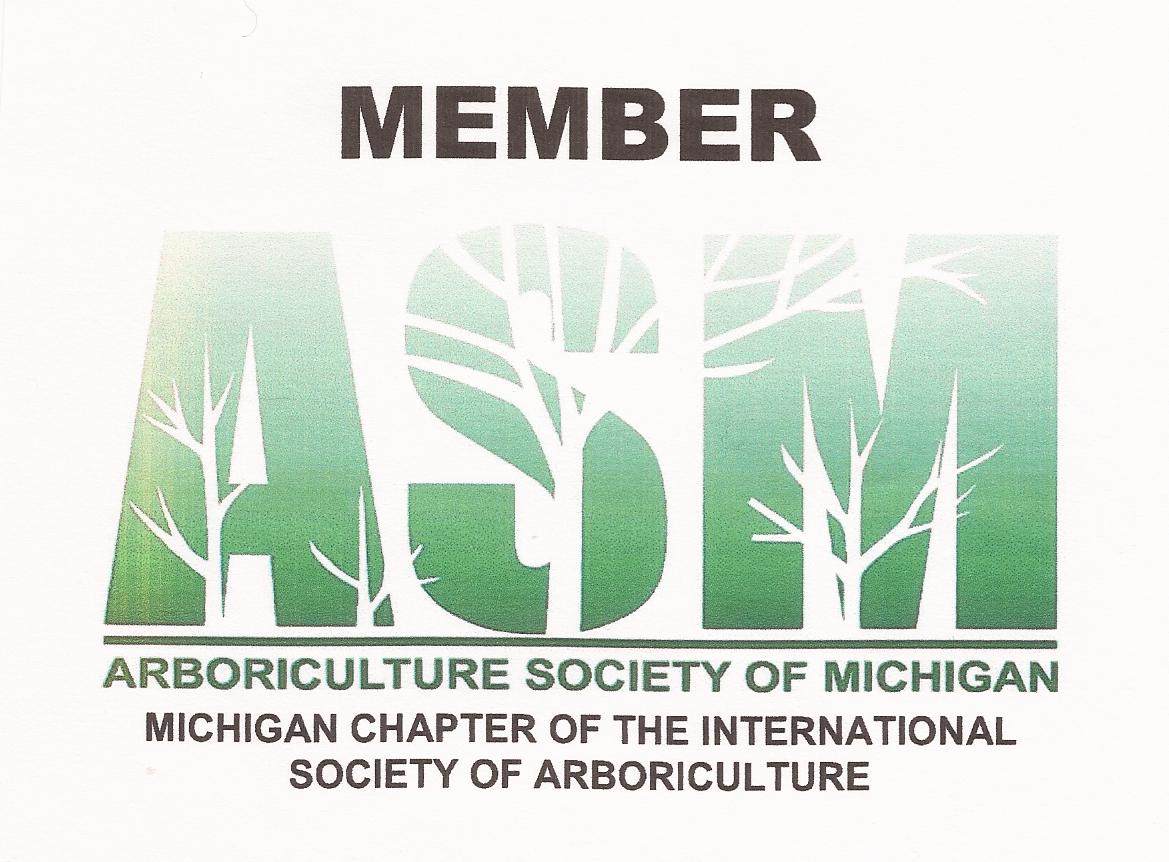Asian Long-horned Beetle
Anoplophora glabripennis

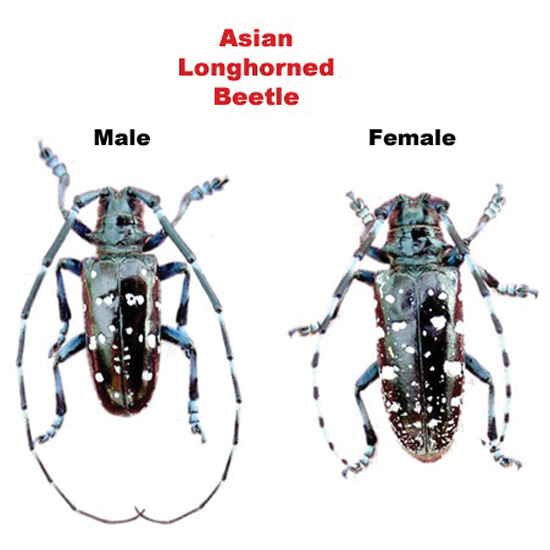
The Asian Long-horned Beetle is an invasive forest species. There is no natural predator. Studies are currently being undertaken in Ohio regarding insecticide use in eradicating this species; the chemical used for this study is Imidacloprid. In previous studies, insecticide has not worked. This makes this forest predator a force to be reckoned with. Infested trees must be removed, burned, and chipped.
The Asian Long-horned Beetle is native to China and Korea. It is a major pest in those countries also. It arrived here in the United States in the wooden shipping crates and pallets from China and Korea. Populations of the beetle have been found in Illinois, New York, California, Ohio, New Jersey, Massachusetts and Canada.
The Asian Long-horned Beetle has quite a large list of host trees - maple trees being the favored tree. Hardwood forests are at risk from this wood boring beetle. Below is a list of favored species of trees where these beetles are most likely to be found; a map is also below where the beetle could easily infest our forests. The map does not include the urban forest trees - just the national forests or forested areas.
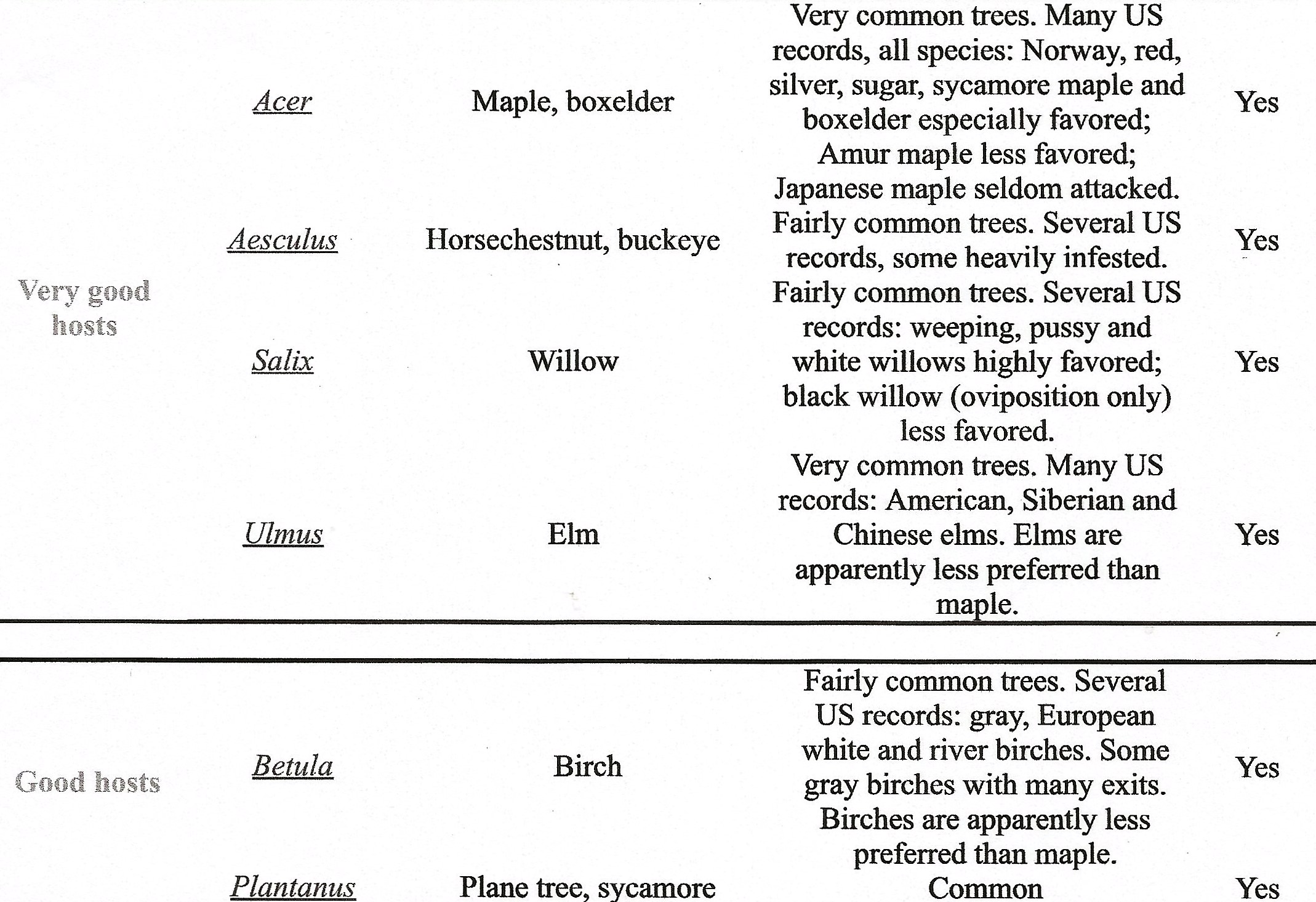
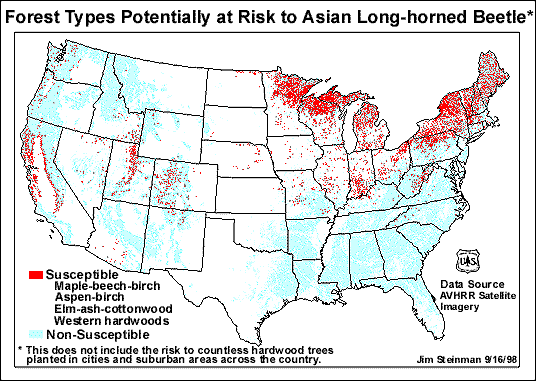
Because of Michigan's large population of host trees, it is very important for Michigan residents to learn to recognize this beetle and report any observations to the Michigan State Extension Services or to call Victorian Gardens so they can identify the beetle and report the siting for you.
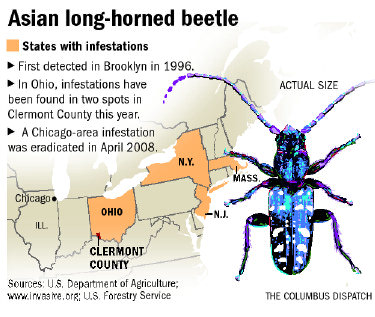
Below is a list of interceptions of the beetle arriving in the United States. Because of strict inspections of products, there have been many interceptions, but not infestations. At this time, Ohio is fighting this pest. The other states have eradicated this species.
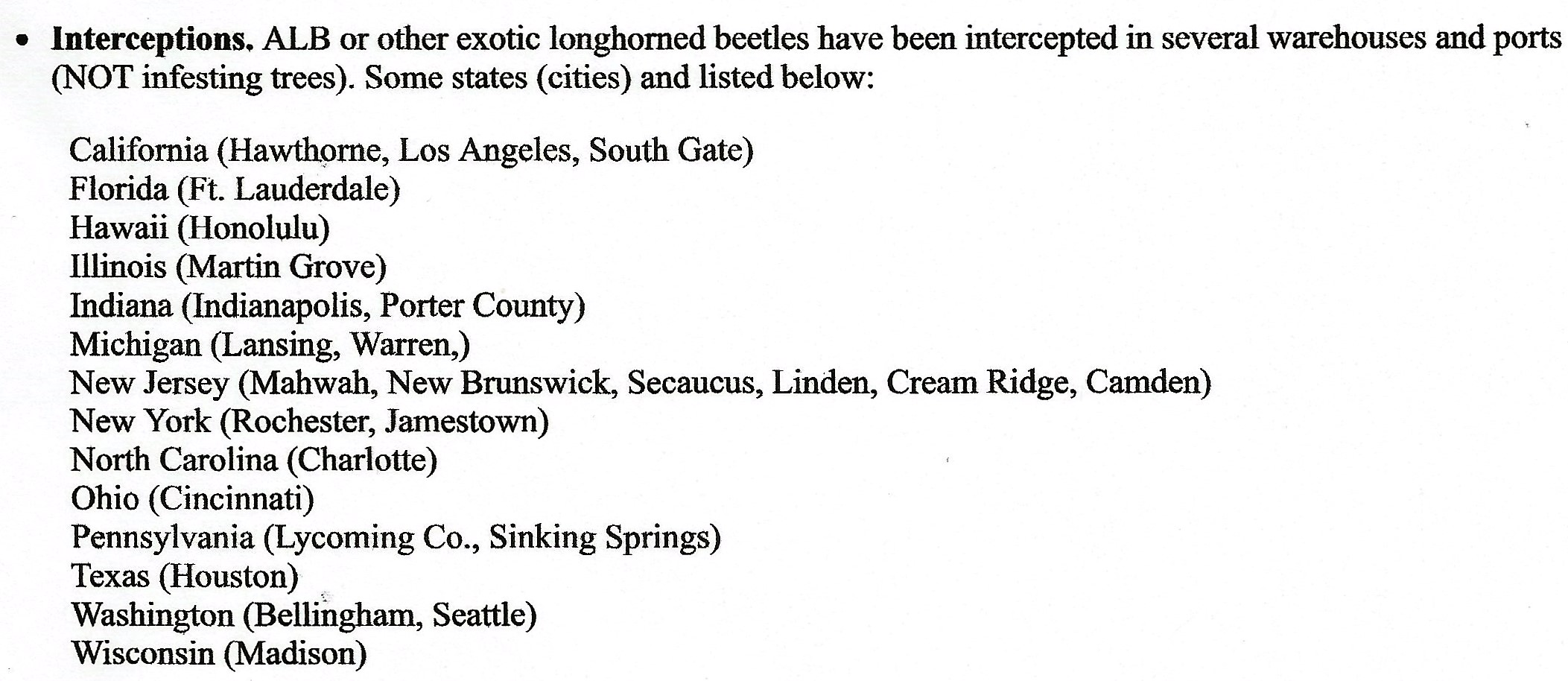
Identification of the Asian Long-horned Beetle
The beetle is 3/4 to 1.5 inches long
It is shiny black with white, irregular spots
The legs are bluish-white
The antennae are black and white banded and one to two times the body length
The Asian Long-horned Beetle can fly, but not too far because of its size
Adult beetles leave an exit hole in the tree that is slightly smaller than a dime
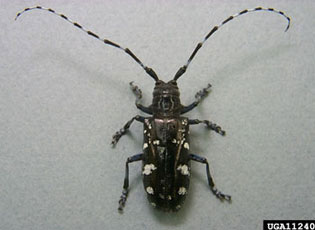
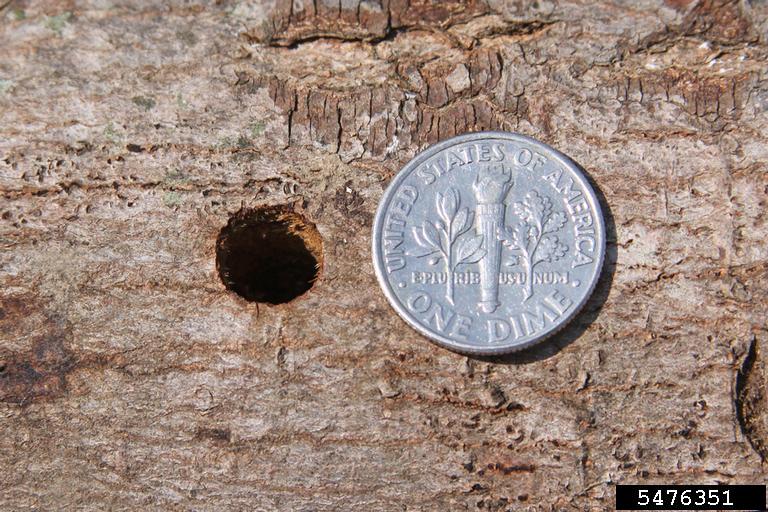
Impacts to our State
Insecticides as of this date do not protect trees; therefore trees must cut down and burned or chipped
Can easily be transported in firewood, live trees, or untreated lumber
Potential devastation of hardwood forests and urban forests
Life Cycle and Damage to Trees
The Asian Long-horned Beetles are extremely destructive. At the larvae stage they burrow deep within the tree to feed. This burrowing disrupts the flow of the tree's vascular system. Continued feeding causes structural damage to the tree - it kills the cambium layer (vascular system) which kills the tree. The exit holes of the adult beetle are the size of a ball-point pen. Healthy trees die quickly. The adults feed on the leaves during mating. One female Asian Long-horned beetles can lay 25 to 40 eggs. The female chews a hole in the bark and lays one egg in each hole. The mature beetles emerge from the trees in late May and continue to live in the trees until October; but peaking in July. The eggs are deposited in large branches of the crowns of the trees. These adult exit holes can be 3/8 to 3/4 inches in diameter. The shape of the hole can be oval, round, oblong, etc. Many times coarse sawdust (frass) or sap can be found at the exit holes of the Asian Long-horned Beetle.
